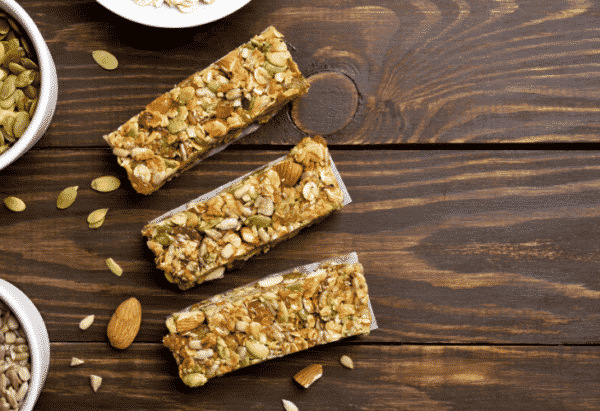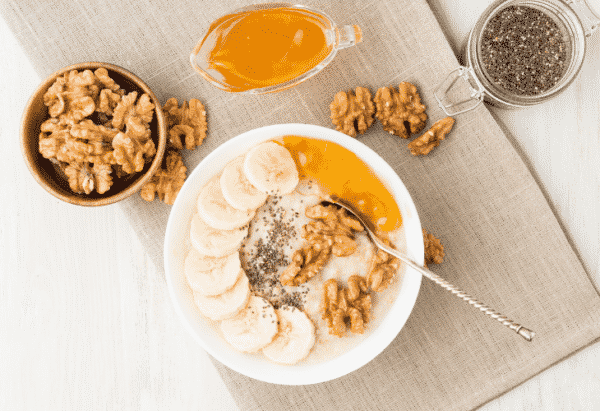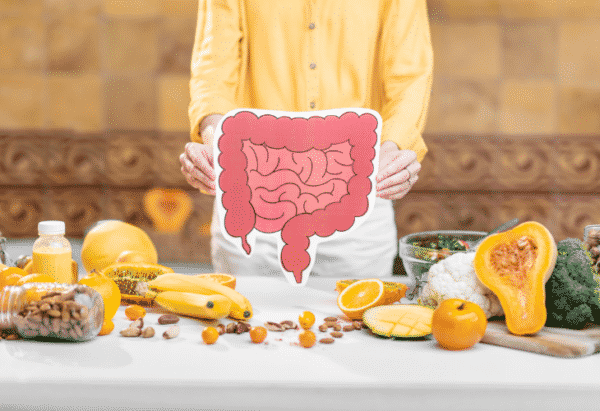Top Four Trends in Food & Groceries for 2021
In such a fast-paced world, Australia’s retail market for natural, organic and healthy packaged goods is changing dramatically. Evolving shopper behaviours and attitudes to health and wellness are currently shaping much of the FMCG industry and will continue to do so in the near future.
Backed by extensive research, Alistair Leathwood, Chief Commercial Officer Asia Pacific from market research group IRI, recently highlighted a number of key global trends in his presentation on top trends in food and groceries for 2021 at the Naturally Good Expo 2021.

Alistair Leathwood, CCO Asia Pacific, IRI
“Businesses need to be bold and get inspired by the many success stories out there,” said Mr Leathwood. “If you’re in this space you need to create a wealth of benefits and inspire trust with your ideas. Once you get the formula right, then explore partnerships with aligned categories and retailers.”
Here are some of the key take-aways and what’s in store with the four major trends driving demand.
How COVID has impacted health trends
“In general, health has been growing more holistically for years with an emphasis on good diet nutrition, physical activity, beauty and personal care, less tobacco and alcohol, more sleep, rest and emotional nurturing prioritised,” said Mr Leathwood.
“Health concerns about COVID 19 have prompted an increased focus on self-care. Some 41 per cent of people globally have reported this as a priority during 2020. Health foods uptake has grown globally 10.7 per cent and vitamins and minerals consumption was up 13.1 per cent.”

However, people also wanted to treat themselves during the challenging times. Indulgence led categories delivered an extra $1.5 billion in sales, specifically in these areas:
- Bread, pastries and cakes up 39%
- Coffee up 24%
- Cheese up 19%
- Ice-cream up 16%
- Small goods up 14%
- Soap / body wash up 13%
Trend 1 – plant proliferation
Mr Leathwood said there has been a huge interested in alternative plant-based meats and in general, 65 per cent of consumers globally are now eating more plant-based food and beverages.
“However it depends on the source, with some plant-based meats of more interest than others. Plant-based alternative meat trial is mostly driven by curiosity, with people willing to give it a go to see what it tastes like. When it comes to plant milks, many people have fully embraced this category – in particular oat milks which have recorded a massive 171 per cent in growth globally compared to almond milk, which has grown by 36 per cent and soy milk at 26 per cent.”
Forecasted:
- Plant-based products will infiltrate new categories
- Brand partnerships for plant proteins will increase
- Apoptogenic plant ingredients that help people cope with stress will increase
Trend 2 – protein permissibility
With there now being such a large emphasis on protein consumption for optimal health, growth and weight loss, Mr Leathwood said all traditional protein-rich sources are performing well. Much has been said about how the amino acids in protein build and repair muscles and bones, and also contribute to the production of hormones and enzymes. Protein can also be used as an energy source and can keep people feeling fuller for longer.
“Protein has really been identified as making a difference in diet, fitness and sports outcomes, so it’s no surprise that protein-centric products recorded a 13 per cent sales increase in 2020. In particular, dairy, nuts, oat cereals and all oat-themed skus are doing well.”
Forecasted:
- Continued emphasis on protein quality for health and why it matters
- Novel plant protein sources will continue to emerge
- Insects will be used increasingly as a nutrition-dense protein source
Trend 3 – ingestion and immunity
Gut health awareness continues to be a driver, even more so in COVID times. “Probiotic and prebiotic grocery items are growing by more than 50 per cent year on year. Non-dairy, non-beverage shelf-stable probiotics are doing well. Whilst newer items such as kombucha are now worth $200 million globally, trusted staples such as Yakult and A2 are also still popular, demonstrating longevity.”
Forecasted:
- Increased focus on probiotic quality, strain efficacy and quota
- Probiotics will migrate into new categories
- Continued awareness about gut health importance
Trend 4 – less is more
According to the Australian Institute of Health and Welfare, Australians of all ages generally have a poor diet. That is, they do not eat enough of the five food groups and eat too many discretionary foods high in salt, fat and sugar.
“There will be an ongoing emphasis to eat less ‘bad stuff’ in the coming years and concerns about sugar, the ultimate ‘bad carb”, will prevail in the mainstream. Some brands currently have a winning edge having re-invented low sugar indulgences. Meanwhile healthy bagged snacks will continue to enjoy growing popularity.”
Forecasted:
- People will continue to move to clean and simple ingredient lists
- Diet and health foods will increasingly go mainstream
- Healthy and “better for you’ snacks will be an enduring theme

A big thank you to our speakers for being part of the Naturally Good Business Summit. If you would like to read more takeaways from our speaker sessions. Please subscribe here for regular updates.
-
Enquire!
- Register



